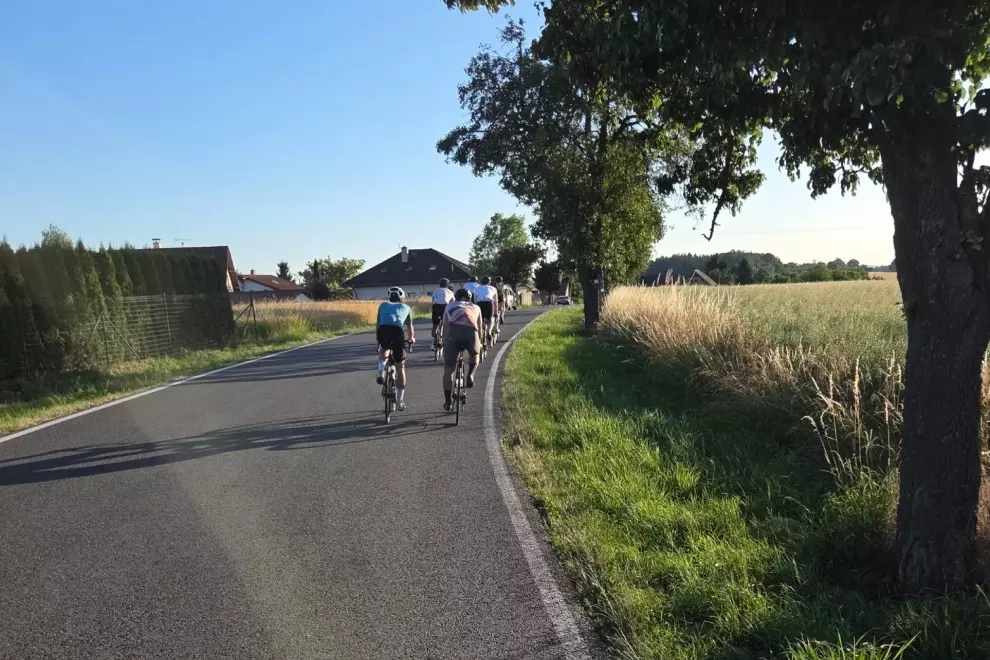Love ‘em or hate ‘em, e-bikes are hot. Industry analysts expect the sales of e-bikes to triple over the next five years. According to Timo Ellenberger, writing for ispo.com: “The e-bike is currently undergoing a development known from sports shoes from the 80s! At that time, there were three or four models to choose from, which were halfway OK for all applications. Today, there are specials not only for every sport but the shoe is also, at the same time, an expression of lifestyle and character of its wearer.”
Ellenberger thinks that there will be three or four e-bike models available this year in the area of freight and human transport, including solutions for families with more than one child and, of course, for commercial delivery. In addition, electric drives will appear on compact folding bikes, providing a climate-friendly link between home, public transport and work.
He also thinks that new, well-designed models will appear that’ll smoothly integrate a compact motor and slim battery, which will convince previous anti-e-bike hardliners to reconsider purchasing one. One prime example is the Cowboy below, which has a removable battery.
https://www.instagram.com/p/B6ffBjZArDO/
Another (non-electric) trend for this year will be increasing cycling versatility due to increasing tire clearance, in large part. Which means that you’ll be able to use the all-rounder road bike practically everywhere because you’ll be using wider tires that are as comfortable and stable on the tarmac as on gravel. This will mean that road bikes will be offering much of what a racing bike does but with more comfort and wider-range gearing.
A few bikes already do, such as the 2020 Trek Domane, which can fit up to a 38mm tire, which is really fat for a road bike.
One consequence of bicycles becoming equally at home on- and off-road will be that the difference between aero, road, and gravel bikes will melt away and we may eventually end up with only a few categories – for example, road, racing and MTB.

We did mention digital at the start and technology has already transformed the bicycle into an all-knowing machine. On-board computers choose the best route, predict the weather, and enable you to track your fitness over time. In addition, slick GPS systems now add a layer of security by allowing you to track your bike if it’s been stolen.
Well, get ready for the next level: augmented reality (AR) cycling glasses. These glasses have everything a computer provides and more: GPS and voice navigation, fitness and performance tracking, music playlists, and hands-free communication with other cyclists. And they can accept and transmit phone calls while you’re cycling. Everysight’s Raptor glasses can even take photos and videos that can share on social media.
Glasses made by another company, SOLOS, use a virtual screen that can be adjusted according to your personal preferences. Once you connect via Bluetooth, you can use voice commands with your phone or the system’s built-in navigational tool to choose just what you want to hear or see in your range of vision as you go. This could mean things like calories burnt, miles covered, or ground elevation. SOLOS use a rechargeable battery good for five hours of augmented reality cycling. Here’s looking at you, kid.




